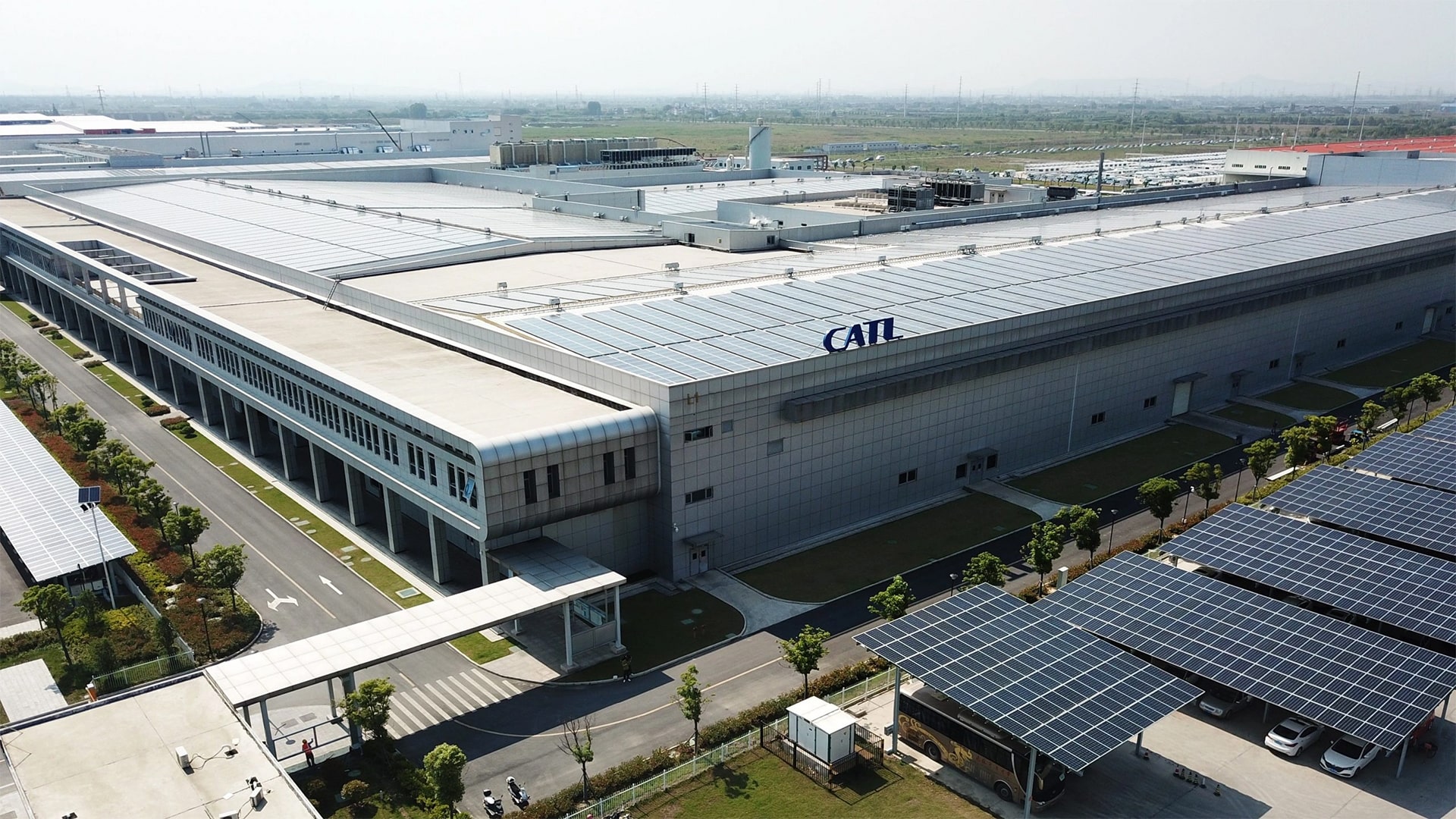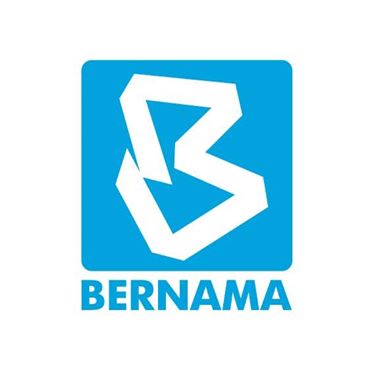CATL’s new EV battery doesn’t settle for one chemistry, and it doesn’t want you to either
3 days ago
On April 21, Contemporary Amperex Technology (CATL) pulled the curtain back on its inaugural “Super Tech Day” with a show of force. The battery giant introduced three headline products: the second-generation Shenxing battery, the Naxtra sodium-ion battery, and a wild card—Freevoy, a dual-power system that may reset industry expectations.
The second-generation Shenxing battery came out swinging, with specs combining an 800-kilometer range with a peak charging rate of 12C. To put that into perspective: the battery can deliver 75 kilometers of range in just 30 seconds of charging, or 2.5 km per second. It’s CATL’s direct answer to BYD’s 10C charging system—and a clear flex of its engineering muscle.
After a quick showcase, CTO Gao Huan shifted gears to spotlight what would become the day’s main act: the Naxtra battery.
Following earlier product lines like Qilin, Shenxing, and Tianxing, Naxtra marks CATL’s latest stab at advancing sodium-ion technology—a format long dogged by its lower energy density. Naxtra changes the conversation.
CATL says Naxtra delivers 175 watt-hours per kilogram, good for over 500 km in full-electric mode and more than 200 kilometers in hybrid setups. Cold weather resilience is its calling card: the battery retains 90% of usable power at a bone-chilling -40 degrees Celsius and charges at a 5C rate. CATL expects mass production to begin by the end of 2025.
So, what exactly is a dual-power battery?
In essence, CATL has merged two distinct battery chemistries into a single pack. Think of it as two separate energy zones—each compensating for the other’s shortcomings, and both working together under tight software control.
At a glance, this setup might seem unwieldy, especially when automakers are focused on integrating batteries into the vehicle chassis to save space. But CATL has a workaround: its self-forming anode technology.
This tech upgrade boosts volumetric energy density by 60% and gravimetric density by 50%, meaning more juice in the same physical footprint. The trick? A protective interface for the lithium metal at the anode that minimizes chemical side reactions, plus refinements across separators, electrolytes, and other components.
What’s more, the self-forming anode plays nice with a range of chemistries. Sodium versions top out at 350 watt-hours per liter. LFP (lithium iron phosphate) models hit 680–780 Wh/L. And NCM-based systems can soar beyond 1,000 Wh/L.
At the event, CATL introduced four Freevoy variants:
The Freevoy battery marks a shift in how we think about energy storage. Like the rise of cell-to-pack (CTP) architecture before it, Freevoy could signal the start of a “multi-core” era in battery design. But this time, the implications go beyond hardware elegance, rooted in user experience.
For years, battery innovation followed a path of standardization: cylindrical cells, VDA-sized prisms, modular packs, and then integrated systems like CATL’s own Shenxing and Qilin lines. Freevoy breaks that mold. Instead of designing around engineering limitations, CATL has flipped the script, shaping this battery by geography and consumer behavior.
At its core, Freevoy is a reimagined range extender. Where earlier electric vehicles used gas engines to top up the battery, Freevoy relies on a second battery. Each energy zone—housing a different chemistry—is managed by software that adapts in real time to driving patterns and vehicle conditions.
The result? A driving range of up to 1,500 km, and more importantly, a modular system that caters to different needs. A commuter in Harbin might pick the cold-resistant sodium-LFP variant. A speed enthusiast could lean toward the all-in NCM-NCM configuration. Automakers don’t need to build new battery platforms—just choose the Freevoy mix that matches the target demographic.
This level of modularity is possible because of CATL’s broad chemistry portfolio: sodium-ion, LFP, M3P, ternary lithium, condensed matter, silicon-carbon, and now, the self-forming anode. It’s a toolkit few others possess.
And Freevoy is just the beginning. If dual-core batteries take off, what’s stopping triple- or quad-core systems? CATL has already hinted they are on the roadmap. As driving scenarios grow more diverse, battery systems might evolve into tailored modules , resembling apps more than traditional hardware.
Ultimately, no single chemistry can do it all. NCM packs power but compromises safety. LFP is steady but loses strength in the cold. Sodium handles the chill and charges quickly but falls short on density. CATL’s multi-core strategy stitches these trade-offs together into one coherent system.
While much of the industry is still locked in the full-versus-plug-in hybrid debate, CATL is steering the conversation elsewhere—away from drivetrain formats and toward a more fundamental question: what can batteries actually do for drivers?
KrASIA Connection features translated and adapted content that was originally published by 36Kr. This article was written by Han Yongchang for 36Kr.
...Read the fullstory
It's better on the More. News app
✅ It’s fast
✅ It’s easy to use
✅ It’s free









